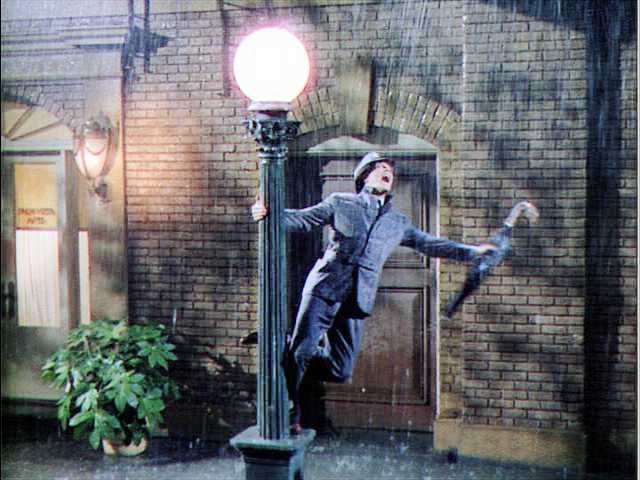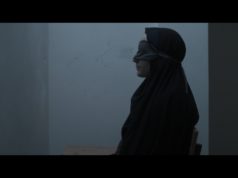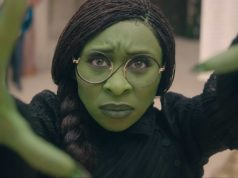If you attended the screening of Singin’ in the Rain last Wednesday, you know that 2012 not only marks the 60th anniversary of that film’s release but also the 100th anniversary of the birth of Gene Kelly. The actor, dancer, choreographer, and filmmaker was born on August 23, 1912. He began his career on Broadway and didn’t make his first film appearance until he was 30. His glittering film career was effectively encompassed by a 15-year period. His muscular, athletic meld of classical ballet, modern dance, and tap remains highly influential in dance today. A Pittsburgh native from a working-class background, he played football and hockey in his youth but still took lots of crap for his love of dance. This informed his democratic attitude toward the art form; he always pushed to make dance seem accessible to the man on the street. I thought I’d mark the occasion with some clips of his choreography and his dancing. In my imagination, I move like Gene Kelly.
“Ballin’ the Jack”, For Me and My Gal (1942)
This is from his film debut. The story of For Me and My Gal is set during World War I, which explains the vaudeville staging and the song, a few decades out of date in 1942. This brief, high-energy number showcases Kelly’s aptitude for intricate footwork. It also reminds us that Judy Garland could seriously dance at this early point in her career.
“I Like Myself”, It’s Always Fair Weather (1955)
A tap dance number on roller skates! Other musicals had done dance numbers on skates before, but for sheer panache and flair, there’s no topping this one. This sequence comes late in the film, when Kelly’s character hides out from mobsters by ducking into a roller rink and then reflecting on how love has cured him of his self-loathing. Kelly’s hockey background came into play here. He said dancing on skates wasn’t as hard as it looked. It looks pretty damn difficult.
“The Babbitt and the Bromide”, Ziegfeld Follies (1944)
A rare chance to see Kelly dance alongside that other pre-eminent dancer of his generation, Fred Astaire. The two could co-exist because they were so unlike each other, Astaire all elegance and superhuman grace while Kelly remained low to the ground. Kelly comes off looking second best in the slower middle section of this lengthy number, but the final section plays much more to his strengths.
“I Got Rhythm”, An American in Paris (1951)
Kelly clowns around with some French kids and reveals the essence of his personality, a childlike joy in movement and the ability to treat dance as a form of play. (This aspect of him could also shade over into childish self-centeredness, too.) He tells the kids that he’s doing “une danse Americaine.” What could be more appropriate?
Alter Ego Dance, Cover Girl (1944)
Of course, the rougher aspects of Kelly’s personality lent themselves to more dramatic possibilities than Astaire’s insouciance. In this number, Kelly’s character’s internal strife expresses itself as a dance number between two Kellys.
“The King Who Couldn’t Dance (The Worry Song)”, Anchors Aweigh (1945)
Kelly teamed with MGM’s animation department for this collaboration with Jerry the Mouse from the Tom and Jerry cartoons. Both this and the number above required some serious technical trickery by the standards of the 1940s. Nowadays, we look to science fiction to push the boundaries of what is possible in filmmaking, but there was once a time when moviegoers looked to musicals for this. This overstuffed wartime picture made Kelly into a headlining star.
“Let Me Call You Sweetheart”, Thousands Cheer (1943)
This early duet with a mop highlights Kelly’s affinity for dancing with props, a thread that would pop up again and again in his work. (It would later pay off splendidly in It’s Always Fair Weather, where he danced with Dan Dailey and Michael Kidd with metal trash can lids attached to their feet.) The number below is a high point in a rather bad film.
http://youtu.be/DlkrN4DXvO0
“Slaughter on Tenth Avenue”, Words and Music (1948)
This self-contained ballet sequence does two things. It highlights an erotic element of Kelly’s dancing that was unique among musical stars. It also presages his taste for long sequences that tell stories entirely through dance, a taste that would unfortunately take over his filmmaking in his great failure Invitation to the Dance, released in 1956. This number, telling the tragic story involving a dance hall girl (portrayed by Vera-Ellen), was originally choreographed for the stage by George Balanchine, but Kelly revised it for the film.
“Singin’ in the Rain”, Singin’ in the Rain (1952)
Let’s leave with this, the moment Gene Kelly will always be known for, one of the supreme expressions of joy in the history of cinema. Seems ironic that for all the ambitious ballets and technical showpieces that he pulled off, the thing that made him immortal was this simple dance in the rain.













I have fond memories of seeing Singin’ in the rain at the Bowie Theatre on Camp Bowie in the 70’s.